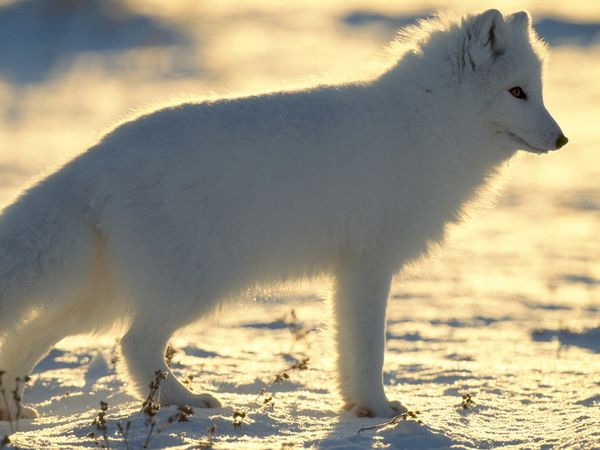
This weekend I was lucky enough to hang out with some pretty cool people that I met on a plane coming back from my Inuvik Adventure. In order to entertain ourselves we decided to go for a nice hike at the Yukon Wildlife Preserve. Come on, who doesn’t want to check out all of the cool animals found in the North? Anyway, the point of this story is that one of my new-found friends is absolutely in love with the Arctic Fox. Luckily we were able to watch this majestic fox up close at the Preserve. Unluckily, this was the only animal that didn’t have a nice information sign giving us all sorts of interesting facts about this cunning animal of the North. Well, my friends, today’s Wild Fact is going to be our Arctic Fox Information Sign.
The Arctic Fox is incredibly hardy as it can withstand the unbearably cold Tundra winters, which can easily drop below -50 degrees Celsius. I know I wouldn’t last long at minus 50 so how do these little guys manage it? Well they have a few adaptations including furry soles, a short muzzle and short ears. Obviously the fur on the feet act like a nice warm pair winter boots and the shorter extremities means less heat loss. The Arctic Fox has also learned that during a blizzard it is smart to create a tunnel in the snow where they can hang out until the weather gets a little nicer (well nice for the Arctic). It is these behavioural and physical adaptations that let the Arctic Fox thrive in this harsh environment.

Usually, when we think about the Arctic Fox we think of a beautiful white coloured fox. This is true during the winter months but once summer comes these guys take a page out of the snowshoe hares book and will become a brown or gray colour. Obviously both of these colour phases help them blend into their background environment. This camouflage is a definite asset when hunting for rodents and birds. As you can imagine finding food in the middle of winter could be difficult so this cunning fox will often follow a larger predator, a polar bear or wolves, around and feed off of its scraps. Now do you see the extreme importance of being able to blend into the environment? Pretty smart strategy but I wouldn’t want to get caught!
Arctic Fox Fast Fact – This particular fox species is the smallest wild canid in Canada. It weighs between 2.5 – 9 kg (5.5 – 20 lbs) and is only 75 – 115 cm long (2.4 – 3.8′). Interestingly enough their bushy tail makes up 30 to 35 percent of that total length. This long, bushy tail plays an important role in the foxes life as they are able to use it as a nice warm scarf in the winter.
Well that does it for me today! I kind of have a chill after all of this Arctic talk so I am going to go and warm up. Have a great day!


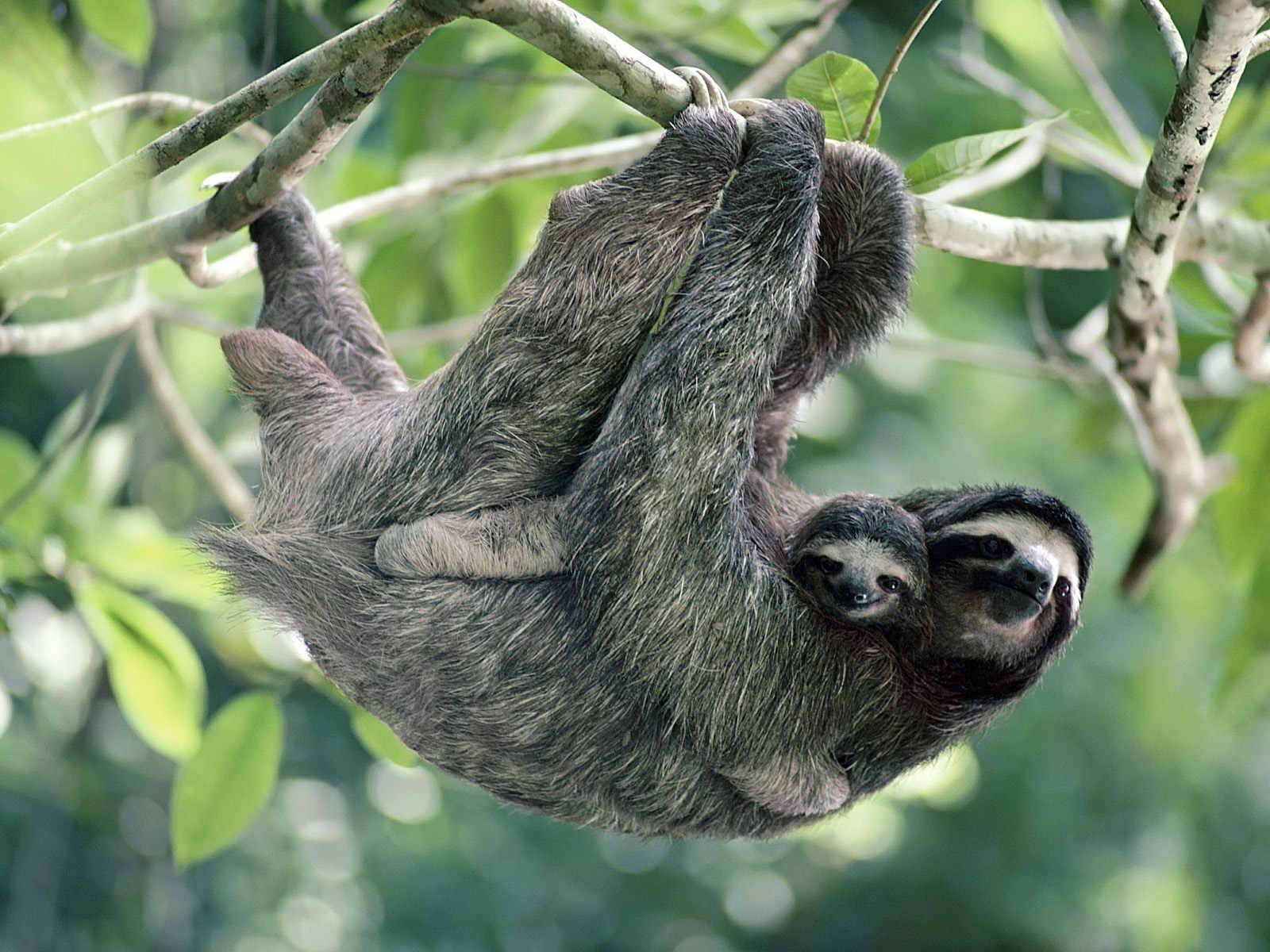
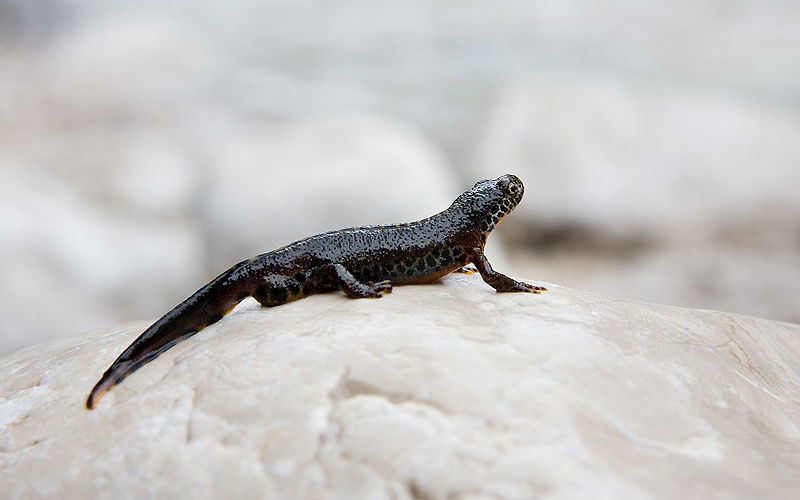
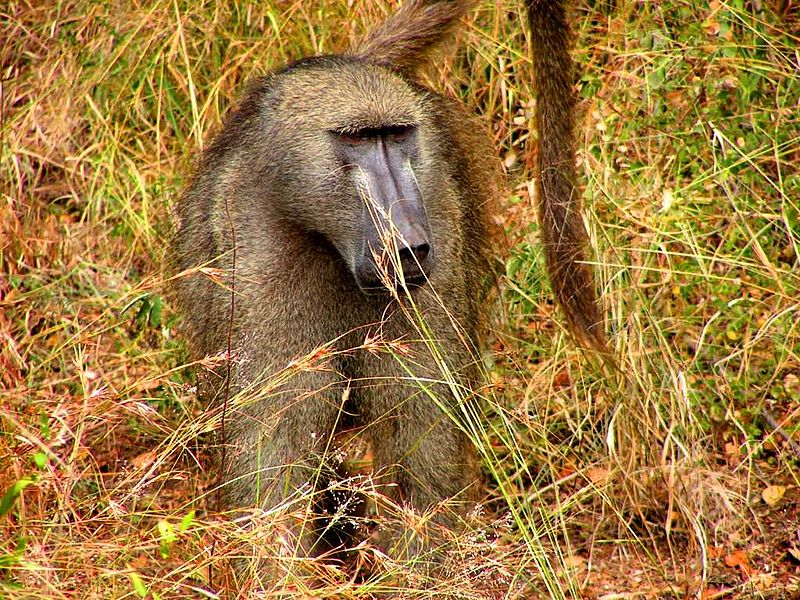
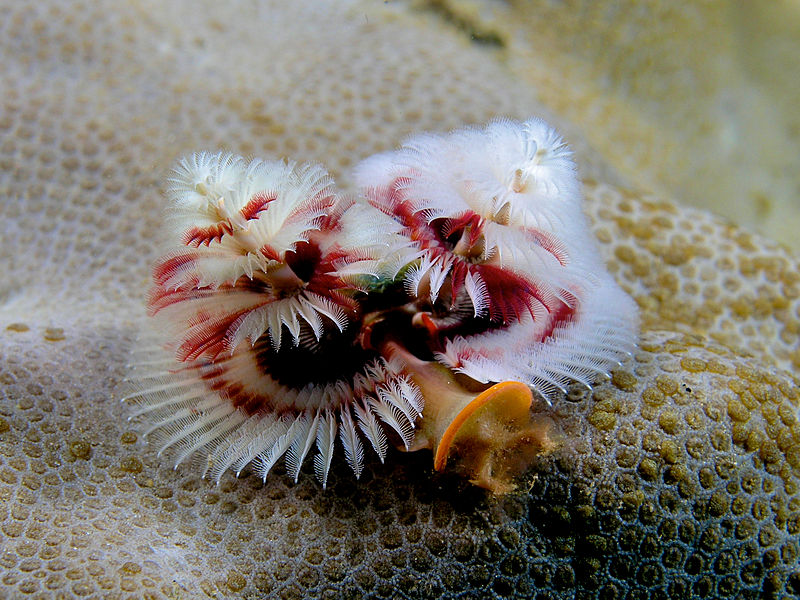
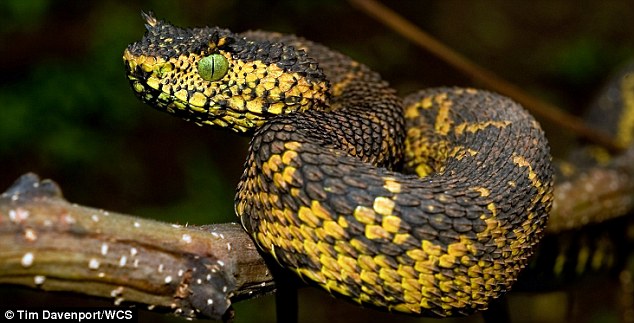
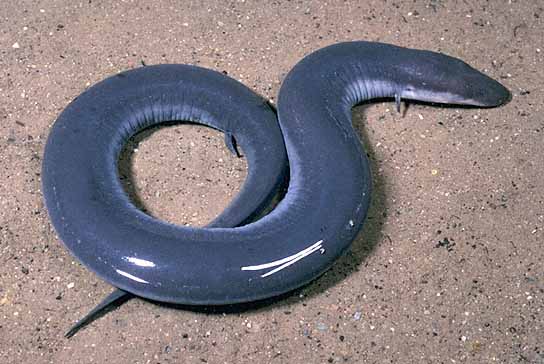
What gorgeous creatures.
They certainly are, Grace!
Absolutely beautiful. I didn’t realize how small they are. Here is a dumb question, are they related to dogs?
There are no such thing as a dumb questions. The fox is a canine but does share several qualities with felines. This has lead to the fox being called the “Cat-like” Canine. For example the long canine teeth, the eyes of the fox and their hunting behaviour are similar to that of a feline. It is has been postulated that they have evolved these cat-like characteristics since the fox typically feeds on the same prey as our feline friends.
Thank you for a great question!
i’m doing a school project and i must say this website help me alot
Glad to hear that Megan! If you ever have any questions then please don’t hesitate to get in touch.
hey i am doing a project and this helped alot
I am doing a writing on this and it helped me a lot. One correction though, you spelt color wrong you spelt it colour. Sorry for the correction. You are an amazing Author.